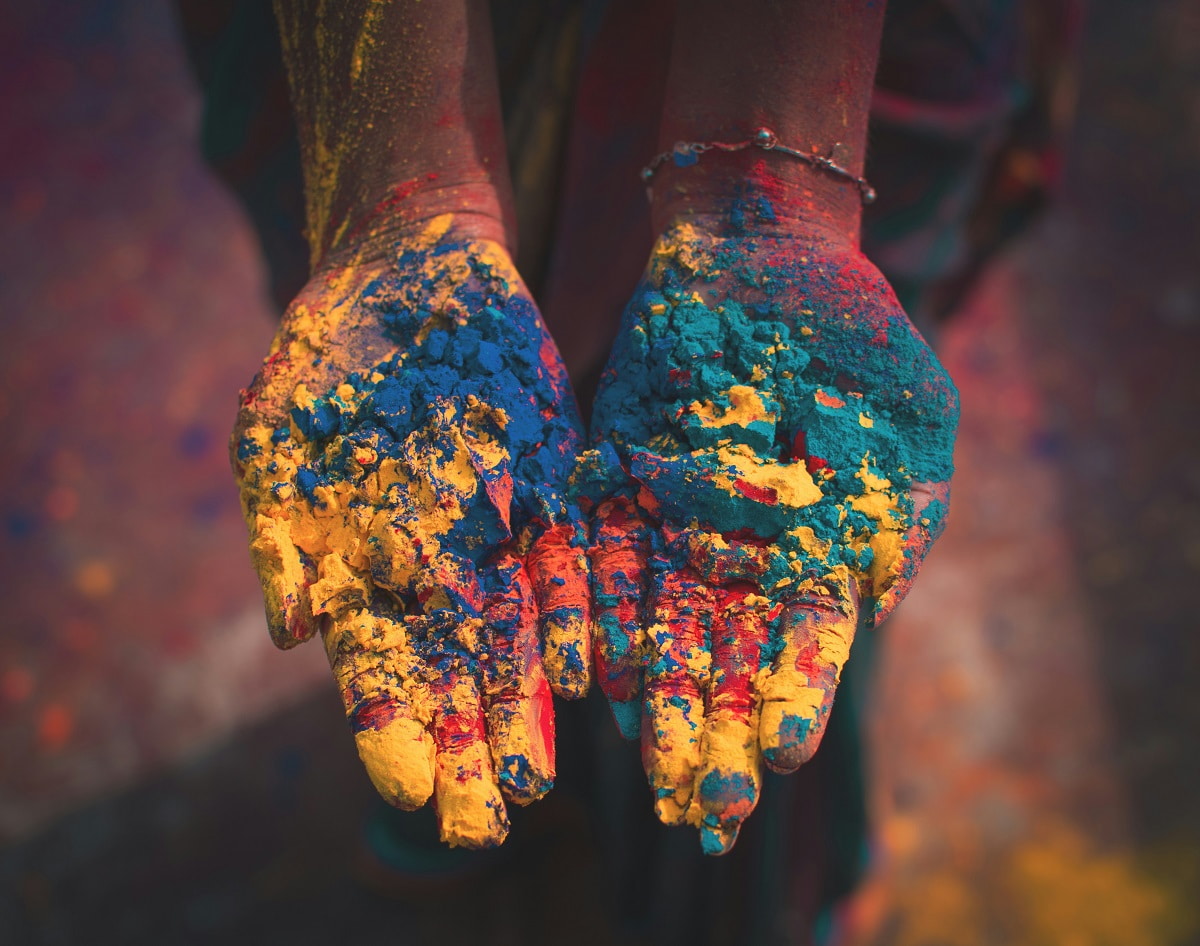Earlier this month was Diwali, the Hindu Festival of Lights that commemorates the triumph of good over evil. I was in Melbourne at the time, and went to a Diwali celebration organised by a local council. It was, by Indian standards at least, a fairly sedate affair: a DJ, a cluster of food trucks, some stalls. It was busy but not heaving, full of South Asians and others, family friendly, safe, happy and calm.
Diwali celebrations are now fairly ubiquitous in Australia, particularly Melbourne. This year, the Victorian government hosted a Diwali party featuring Premier Jacinta Allan in a sari. Many corporates also hosted events in recognition of the influence of their Indian partners, stakeholders or staff members.
The United States twigged that Diwali was a major diplomatic win a couple of decades ago: every year since 2003, the White House has hosted a festive reception.
It’s a marked change from even a decade ago, when we would have to describe Diwali as “Indian Christmas” to convey its significance. Now, Channel 7 is doing live crosses to Diwali events. It’s extraordinary, but not surprising. After all, Diwali is arguably the best possible example of soft power there is. It has everything. Colour and movement? Tick. A positive message? Tick. The ceremonial lighting of a flame? Tick. A safe way to engage with a diaspora that doesn’t get mired in identity politics, nationalistic struggles or trade standoffs? Tick.
The United States twigged that Diwali was a major diplomatic win a couple of decades ago: every year since 2003, the White House has hosted a festive reception, inviting notable members of the Indian-American population – from lawyers to social media influencers. At this year’s reception, President Joe Biden lit a diya, or oil lamp, alongside his deputy Kamala Harris and spoke of the contribution the community has made. “The South Asian American community enriched every part of American life, and that’s the truth. And [it] is among the fastest-growing, most engaged communities in the country,” he said. He went on to set out how Diwali dovetails with democratic values and freedom, both values that the United States has – perhaps until now – enshrined as part of its national identity. There is now a push to have Diwali declared a national holiday in the United States, with Pennsylvania the first state to do so.

All of this is meaningful, but it doesn’t tell the full story. Diwali, known as Deepavali in the south of the country, is but one of many festivals and holidays celebrated in India. Different regions place importance on different holidays. In Mumbai, Ganesh Chaturthi is popular, commemorating the elephant-headed god. In West Bengal, Durga Puja is the most popular. Punjab has Vaisakhi, Kerala has Onam, Tamil Nadu has Pongal.
And my personal favourite, Dussehra, is popular across the north, but particularly in the cow-belt state of Uttar Pradesh. Dussehra celebrates the victory of the god Rama over the many-headed demon Ravana. (Ravana came from Sri Lanka, which is why whenever Sri Lanka and India play each other in cricket, you might see spectators wearing many-headed masks). It is celebrated by building enormous effigies of the demon and setting them on fire or blowing them up with fireworks. It’s mad, spectacular and deeply unsafe, which is probably why we’ll never get a local council to support a ceremonial effigy-burning in a local park in suburban Melbourne.
The opportunity to build goodwill and cultural awareness that Diwali and other South Asian celebrations offer should not be ignored.
Contentious fireworks aside, there’s no doubt that Indian festivals in general – and not just Diwali – are exactly the right kind of soft power that could make inroads abroad. According to Joseph Nye, who articulated and popularised the term “soft power” in the 1990s, it is about leaning into cultural factors to bring about the outcomes you want. Commandeering elements of one state’s culture and packaging them in ways that are appealing to the population of another is a way to gain acceptance.
Right now, Australia is working hard to promote internal social cohesion, in recognition of the many opposing groups that threaten to destabilise the social fabric here. No, pretty Diwali lights will not quell discord between Hindus and pro-Khalistan Sikhs. But it sends a wider message to the South Asian diaspora of tolerance, inclusion, commitment to diversity, and even secularism, which in itself has an impact.
Co-opting Diwali to serve as a smokescreen for other foreign policy ailings will not always work, and many are wise to this. Poet Rupi Kaur famously declined the White House’s Diwali party invitation in 2023, citing the conflict in Gaza as the reason, and ended up in the headlines around the world for the move. This year, many invitees followed her lead.
Nevertheless, the opportunity to build goodwill and cultural awareness that Diwali and other South Asian celebrations offer should not be ignored. Now that Diwali is possibly entrenched in the Victorian festive calendar, I suggest that in 2025, governments at all levels look to cast a wider net, to showcase that inclusion efforts aren’t just skin deep.

